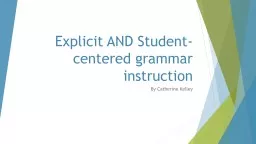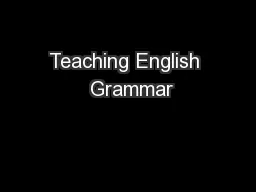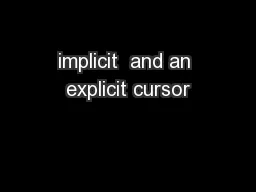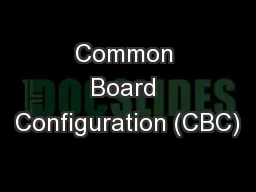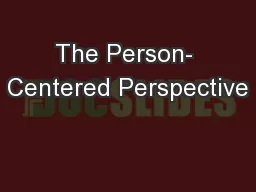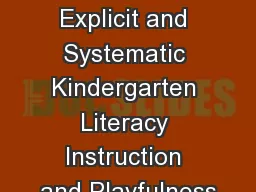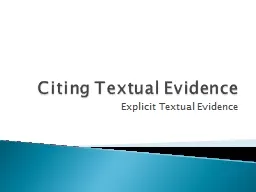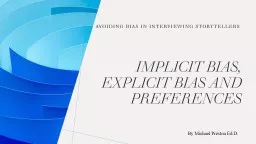PPT-Explicit AND Student-centered grammar instruction
Author : pasty-toler | Published Date : 2019-06-29
By Catherine Kelley 2 common dichotomies in grammar instruction 1 explicit vs implicit 2 deductive vs inductive Explicit vs implicit pertains to whether or not
Presentation Embed Code
Download Presentation
Download Presentation The PPT/PDF document "Explicit AND Student-centered grammar in..." is the property of its rightful owner. Permission is granted to download and print the materials on this website for personal, non-commercial use only, and to display it on your personal computer provided you do not modify the materials and that you retain all copyright notices contained in the materials. By downloading content from our website, you accept the terms of this agreement.
Explicit AND Student-centered grammar instruction: Transcript
Download Rules Of Document
"Explicit AND Student-centered grammar instruction"The content belongs to its owner. You may download and print it for personal use, without modification, and keep all copyright notices. By downloading, you agree to these terms.
Related Documents

